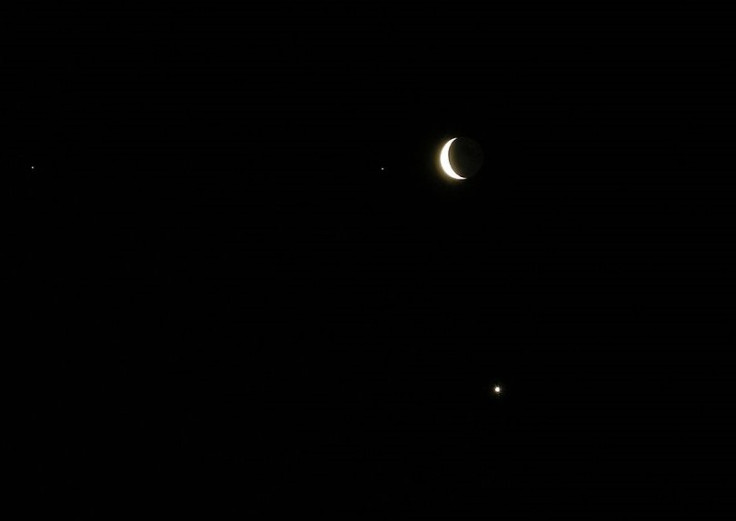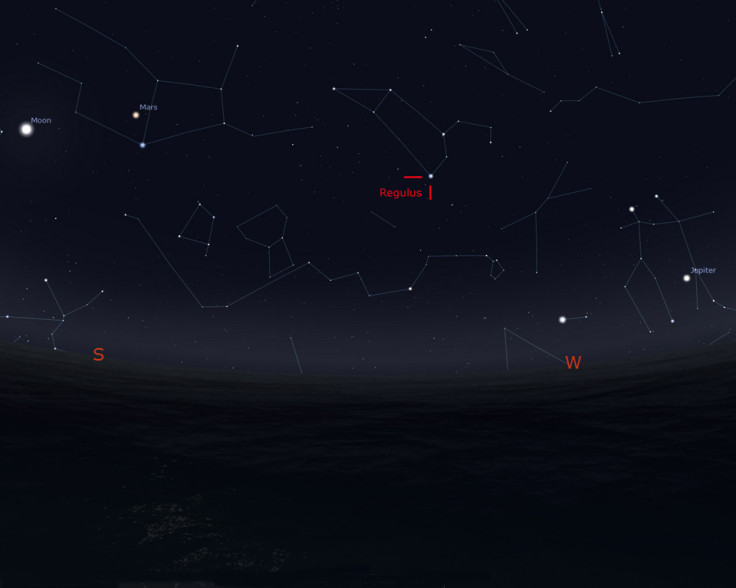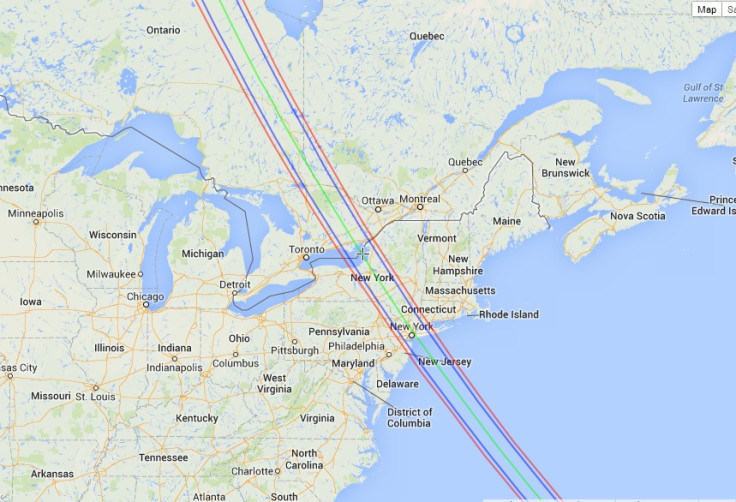Asteroid Occultation 2014: Everything You Need to Know About 163 Erigone Eclipse of Regulus

A rare cosmic event will take place above the skies of New York tonight – the asteroid 163 Erigone will eclipse the bright star Regulus, blocking it from view for about 14 seconds.
The phenomenon, known as asteroid occultation, takes place when an asteroid passes in front of a star, blocking out its light temporarily.
While several events of this kind every day, most require a telescope to see. Mostly, these events are used to measure the size and position of asteroids.
However, the asteroid occultation of the bright star Regulus, located in the springtime constellation of Leo, is an extremely rare event as it will be visible by the naked eye.

Explaining the event, the International Occultation Timing Association (IOTA) said: "Astronomers have been predicting occultations of stars by asteroids for almost 40 years, and Regulus is the brightest star to ever be predicted to be occulted by a sizeable asteroid anywhere in the USA. So it really is likely to be a once-in-a-lifetime experience for most who live within the path.
"Since Regulus is about four million times farther away from us than the asteroid, you can imagine that many factors need to be properly aligned for this event to be visible from our planet.
"We usually have to wait many years before any particular asteroid passes in front of a star bright enough to easily be seen without a telescope. The temporary disappearance of a star as bright as Regulus behind an all-but-invisible asteroid is thus a rare and beautiful occurrence."

What will be seen?
The shadow of 163 Erigone will be slightly larger than the asteroid, at around 67 miles wide. The shadow will travel from southeast to northwest across the surface of the Earth at a speed of 10,000mph. The asteroid will block out the light from Regulus for about 14 seconds at around 2:06am EDT.
Where can it be seen?
The asteroid occultation can best be viewed from a stretch of land moving from the island of Bermuda northwards across the Atlantic Ocean. It will first pass over Long Island before moving onto New York City, Connecticut, and New Jersey. After this it will move across New York State and Delaware, going out of view after passing Ontario and Canada.
What is 163 Erigone?
Asteroid 163 Erigone is around 45 miles wide and is on an orbital path in the Asteroid Belt. It is travelling around 100 million miles from Earth and was first detected by French astronomer Henri Joseph Perrotin in 1876. It was named after one of the two Erigones from Greek mythology – either the daughter of Icarus or the daughter of Aegisthus.
How can you watch the asteroid occultation?
People lucky enough to live in the path of the asteroid occultation have been provided a guide as to how to watch the event. IOTA advises: "On the night of the occultation at any time from 1:30am EDT until the occultation, an easy way to find Regulus is to face the Moon and stretch your arms out horizontally to each side.
"Now turn your head to the right and sight along your right arm; Regulus will be directly above your right hand, about the same distance above the horizon that the Moon is above the horizon (that is, both will be about halfway from the horizon to directly overhead). Regulus will be the brightest star in that part of the sky."
Those not living in the path of the occultation can also watch the event live online through the Slooh telescope, which will broadcast Erigone passing Regulus.
What will we learn from the occultation?
Astronomers using telescopes and astronomical video cameras will be able to measure the diameter of Regulus using the gradual transitions in light intensity that will be visible during the short time in which 163 Erigone passes the star.
"These observers should plan to observe for maximum sensitivity to the star brightness, with good attention to not saturating the stellar image, using cameras that are known to provide linear brightness response, manual gain control, etc," IOTA said.
© Copyright IBTimes 2025. All rights reserved.






















